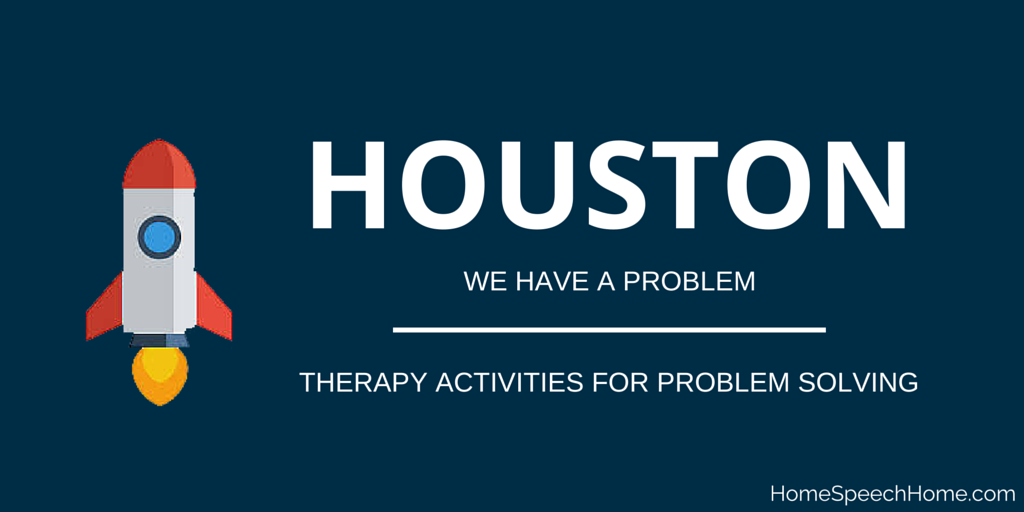- 7 Step Problem Solving Process
- Problem Solving Home Alarm Systems
- 7 Step Problem Solving Ppt
- Art Of Problem Solving Homeschool Math
- Example Of Problem Solving Skills

In the corporate world, you might face the challenges of problem solving and decision-making regularly. Ask anyone in the workplace, problem and decision-making activities are two essential parts of the day. The frequency of these issues for everyone highlights that these activities are critical elements of our work, but we don’t know how to deal with a problem effectively.

Problem Solving Strategies. Get your thinking cap on! There are many different ways to solve problems correctly. Click on any of the strategies below to learn more about them! Broadly defined, problem solving is the process of finding solutions to difficult or complex issues. But you already knew that. Understanding problem solving frameworks, however, requires a deeper dive. Unfortunately, there will always be a handful of coworkers who have not ditched the. Problem-solving skills require quickly identifying the underlying issue and implementing a solution. Problem-solving is considered a soft skill (a personal strength) rather than a hard skill that's learned through education or training.
The interesting thing about problem solving is that when people face a problem, they tend to do three things. They get afraid or uncomfortable and wish to get rid of a problem immediately; they feel that they have to come up with one right answer and look for someone to blame. A problem becomes a huge problem with these three solutions.
Two reasons, explaining why we see the problem as a problem. First one is that when we face a problem, we try to solve it immediately. Secondly, we are not sure how to find the best solution for a particular challenge. There will be conflict about what is the best option to solve a particular problem. The problem makes people conflict averse. Two most important thing to remember about the certain problem is to know that they happen all the time and these are opportunities to improve systems and relationships. The problem provides information that we can use to fix what needs fixing and to do a better job.
People are born with the ability to solve the problem. The biggest challenge of problem solving is to overcome the tendency to come up with a solution immediately. Problem solving is the process of working through details of the problem in order to find one best solution. Problem solving includes mathematical or systematic operations, and it can be a gauge of an individual’s critical thinking. The objective of problem solving is to make people and organization more conflict-friendly and conflict competent. Here are 7 steps of problem solving, which can help you to resolve a problem effectively and efficiently.
7 Step Problem Solving Process
7 Steps of Problem Solving
Step 1: Identifying the Problem
The first phase of problem solving is based on proper identification of the problem. Ask yourself what the problem is. There could be many potential problems for an issue and without a proper approach; it can confuse you on how to start. By defining a particular problem, you would be able to focus on finding the best solution for a particular problem.
Step 2: Defining Goals
At the second level of problem solving, you should have to establish goals. Try to make your goals as specific, real and achievable as possible. Properly defined goals set a direction and a guide to solve a particular problem.
Step 3: Brainstorming
Brainstorming is the third most significant stage of problem solving. At this stage, the problem solver is required to take time and think about possible ways of solving a particular problem. At this stage, the problem solver is required to write down all the possible ways to resolve a particular problem. Don’t hurry up and don’t try to jump to the solutions immediately. Find different alternatives for solving one problem.

Problem Solving Home Alarm Systems
Step 4: Assessing Alternatives
Is codesall engineering e books for free . Assess the option you have discovered in the previous step. Weigh the positive and negative effects, consequences and risk associated with each choice.
Step 5: Choosing the Solution
At this stage of problem solving, choose one best possible solution evaluated on a rational basis. Choose an appropriate solution as per risk and advantages associated with the solution and as per your own criteria for choosing an appropriate solution.
7 Step Problem Solving Ppt

Step 6: Active Execution of the Chosen Solution
Implement best possible solution selected in previous step. At this stage, you are required to concentrate on the performance of a particular solution. Don’t worry about the failure and don’t occupy yourself with expected problems.
Step 7: Evaluation
Evaluation is the last step in the problem solving process. Evaluation helps you to understand what the shortcoming are in particular solution which you have selected. Evaluation is a critical examination of a given situation and a given problem. In the process of solving a particular problem evaluation stage is an attempt to improve the effectiveness and efficiency of the whole process. If you are not successful in addressing a particular problem, then don’t worry you might have learned something. Utilize your learning and go for the selection and execution of another best solution.
Art Of Problem Solving Homeschool Math
Conclusion on 7 steps of problem solving
Example Of Problem Solving Skills
The 7 steps of problem solving provide a systematic approach on solvinga problem. If they are kept in mind every time you approach an issue, you avoid jumping to conclusions and implement solutions on an issue which is not properly understood. The 7 steps of problem solving are the natural steps that need to be taken to solve an issue, there is no short cut.